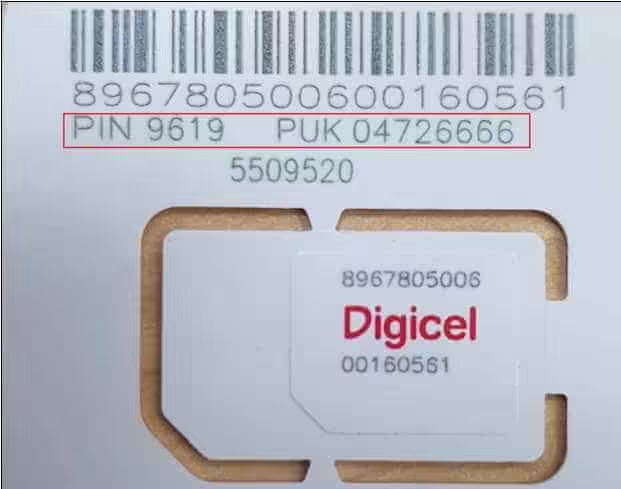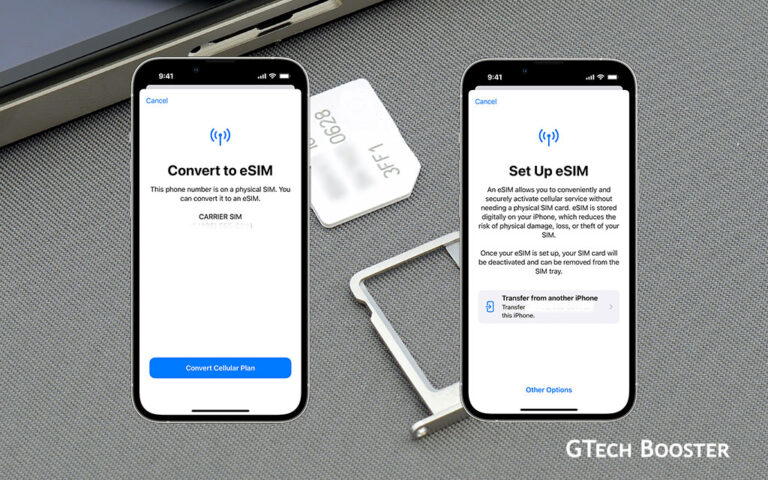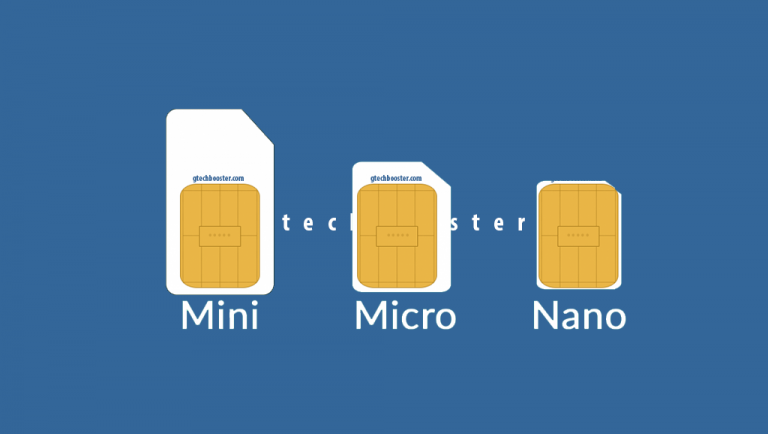How useful the SIM PIN and Your Personal Unlock Key (PUK) is to You
A SIM PIN, or Personal Identification Number, is a security feature that provides an additional layer of protection for your SIM card. Using a SIM PIN can also enhance the security of your online accounts, as many services, including banking services, use SMS or USSD for account confirmation. By setting up a SIM PIN, you can restrict access to these services if your phone is lost or stolen, preventing unauthorized access to your accounts.

When you use a SIM PIN (Personal Identification Number) on your phone, you’ll need to enter that PIN every time you turn on or restart your device. This PIN is separate from your lockscreen passcode or any other security codes. Until you enter the correct SIM PIN, your SIM card will be unusable, no matter which phone it’s inserted into.
If the phone would be stolen then the SIM card will be thrown out by thieves just after the theft so that they can’t be found. If the phone would be lost then it will be harder to find an owner for people that found it if the SIM is protected with PIN.
So is there any reason to protect SIM card with PIN?
If your phone is stolen, thieves may simply discard the SIM card, rendering it useless to them. This can make it harder for the thieves to access your personal information or use your mobile service. However, if your phone is lost, a SIM PIN can actually make it more difficult for an honest finder to return the device to you. Without the PIN, they may be unable to access the SIM and identify the owner.
The Purpose of the SIM PIN
The original purpose of the SIM card was to securely store the user’s identity and credentials for the mobile network. The SIM PIN helps protect this primary asset – your subscriber identity. It also protects the cryptographic key used to authenticate your device on the network. A SIM PIN can provide an extra layer of security if your phone is stolen. But it may hinder the return of a lost device. Ultimately, it’s a personal decision based on your specific needs and risk tolerance. The key is to carefully consider how you use your phone and mobile service, and choose the security settings that best fit your situation. A SIM PIN is one tool, but it’s not the only factor in keeping your device and information safe.
SIM PIN Code
A SIM PIN (Personal Identification Number) is a 4-digit code used to access your mobile network through your SIM card. When you purchase a SIM card, you receive a default SIM PIN from your carrier. It’s important to use this PIN to enable the SIM card once it’s inserted into your phone, as it adds an essential layer of security to your mobile network access. In most cases, you’ll be prompted to enter this PIN code every time you power on your phone. The default SIM PIN is often set to 0000 or 1234 by your carrier. However, it’s highly recommended that you change this default PIN to a unique code to prevent unauthorized use of your SIM card. If you enter the wrong SIM PIN three times, your SIM card will become locked. At this point, you’ll need to use the PUK code to unlock it.
SIM PUK Code
The PUK (Personal Unblocking Key) is an 8-digit code provided by your carrier to unlock a SIM card that has been locked after too many incorrect PIN entries. There is no default PUK code – it’s a unique code associated with your specific SIM card. Your carrier should provide you with the PUK code when you receive your SIM. If you enter an incorrect PUK code 10 times or more, your SIM card will become permanently blocked. At this point, you’ll need to obtain a new SIM card from your carrier. It’s important to keep both your SIM PIN and PUK code in a safe place, as they are essential for maintaining access to your mobile service if your SIM becomes locked.

The Declining Importance of SIM PIN Protection
When SIM cards were first introduced, the primary asset they contained was the user’s identity and credentials for the mobile network. This identity belonged to the network operator, not the user. As a result, users had little incentive to protect their SIM with a PIN. Over time, SIM cards began storing more private user data, such as address books. However, with the rise of feature phones and smartphones, this data has largely migrated off the SIM itself. Modern SIMs now contain little more than the subscriber identity. Today, when you boot a basic phone, you’re typically prompted to enter a SIM PIN. But on smartphones, users are more likely to rely on the device’s own authentication methods (e.g., passcode, biometrics) rather than adding a separate SIM PIN.
The Limited Risks of an Unprotected SIM
An unprotected SIM does allow a thief to impersonate the user for a limited time before the theft is reported. This could potentially give access to voicemail and SMS history. However, for most users, the primary value of a stolen smartphone is the device itself and the data it contains, not the user’s private information on the SIM. Thieves can also use an unprotected SIM to make anonymous phone calls, either until the SIM is blacklisted or if it can be fenced undetected. However, prepaid SIMs bought anonymously are a more convenient option for this purpose. The thief’s approximate location may be known when the SIM is used, but this is rarely a concern. Law enforcement is more likely to trace the phone itself than the SIM card.

The Bottom Line
In summary, while a SIM PIN can provide an extra layer of security, it is a declining priority for most users. The assets on a modern SIM are limited, and the risks of an unprotected SIM are relatively low compared to the risks of a stolen smartphone itself. Users are better off focusing on securing their devices and the data they contain.
You only have three attempts to enter the PIN correctly. If you fail to do so, the SIM card will lock itself, and you’ll need to contact your mobile carrier to get it unlocked.The SIM PIN is an important security feature, but it’s easy to forget or confuse with other PINs and passcodes. Be sure to keep track of your SIM PIN and enter it promptly when prompted to avoid getting locked out of your SIM card.


